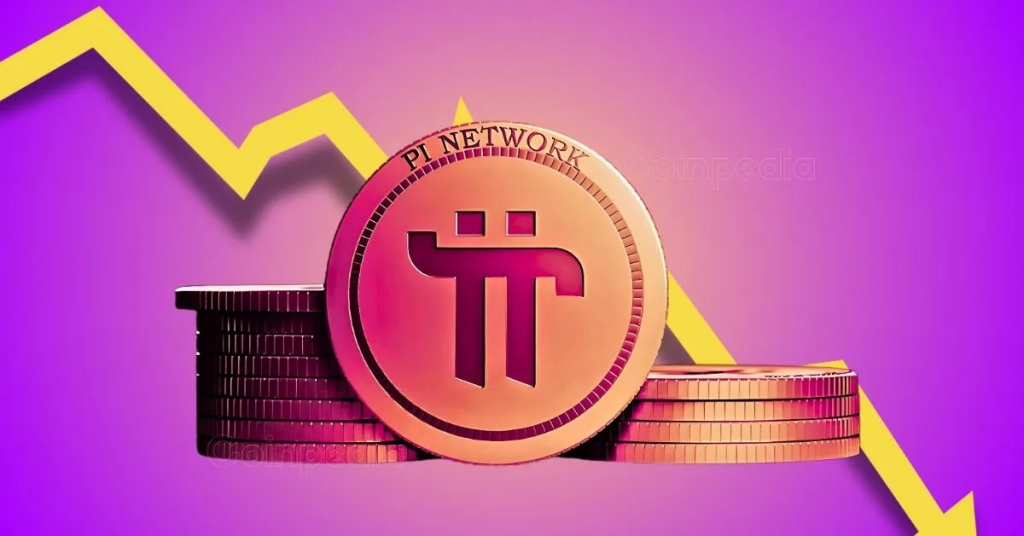
- In the first month, Bitcoin ETFs (exchange traded funds) recorded inflows of approximately $125 million (approximately 18.8 billion yen, at an exchange rate of 150 yen to the dollar) per day.
- Grayscale Bitcoin Trust (GBTC) is still a major player despite experiencing heavy capital outflows.
- Wealth managers (asset management services for wealthy individuals) and registered investment advisors (RIAs) have not yet entered the market, but they may do so sooner than expected.
Excitement mounted about a month ago when TradFi (traditional finance) finally received permission from regulators to launch an entirely new investment product for crypto assets (virtual currencies).
It took more than 10 years for Bitcoin ETFs to be listed on the American market, but on January 11th, trading of 10 ETFs finally began. Since then, incredible developments have continued.
Great start
“ETFs are doing very well,” said Brian D. Evans, founder and CEO of BDE Ventures. “I'm working on it,” he said.
Bitcoin ETFs have added an average of $125 million worth of Bitcoin (BTC) per day over the past four weeks. This is despite massive outflows totaling more than $6 billion from the Grayscale Bitcoin Trust (GBTC), which has far higher fees than other Bitcoin ETFs.
Bitcoin ETFs excluding GBTC have collected over $11 billion worth of Bitcoin in just one month, and three ETFs are in operation: BlackRock's IBIT, Fidelity's FBTC, and Ark 21's ARKB. Total assets (AUM) exceeded the $1 billion mark. As of February 12th, IBIT's AUM is approaching $5 billion, and FBTC's is approaching $4 billion.
In particular, BlackRock's IBIT ranks among the top five ETFs in terms of inflows among all ETFs, not just crypto assets, rivaling industry-leading ETFs such as the iShares Core S&P 500 ETF (IVV) and the Vanguard S&P 500 ETF (VOO). Lined up.
“(IBIT) is on par with the biggest and best funds,” said Eric Balchunas of Bloomberg Intelligence.
The rapid buying up is having an impact on the Bitcoin price. After trading began on January 11th, there was a short period of decline due to a “selling on news” movement, but it has recently rebounded and reached a multi-year high of over $50,000 on February 12th. I added.
What will happen to GBTC?
Grayscale's GBTC existed for years as a closed-end fund until it was converted into an ETF last month, but since the ETF conversion, it has continued to experience large outflows, with its AUM dropping from February 12. As of today, it has shrunk from about $30 billion to just under $24 billion.
Many investors who bought GBTC before the ETF conversion are now selling for a profit, the Falcon X report notes.
Grayscale has set the ETF's management fee at 1.50%, which is more than 1 percentage point, or more than 100 basis points, higher than the highest of its nine competitors. In addition to profit taking, it is certain that some funds are leaving GBTC in search of lower costs.
Matt Sheffield, senior vice president of trading at Falcon We have received strong support from the public.”
Meanwhile, a Grayscale spokesperson said, “We are proud that GBTC has paved the way for all Bitcoin ETFs to come to market, and we are proud of the continued growth and maturation of Bitcoin, as well as the We are optimistic about the robust ecosystem surrounding coin ETFs.”
What's next?
The high demand that made Bitcoin ETF's debut so successful could cause some headaches in the near future. Recent net inflows require thousands of Bitcoins to be purchased per day, many times more than the 900BTC mined daily. Furthermore, the number of Bitcoins mined daily will reach 450 when the halving occurs in April.
In addition to this, Bitcoin ETFs have only been available for a month, and many if not most of the major asset management platforms have yet to offer Bitcoin ETFs to their customers.
As Nate Geraci, president of ETF Store, puts it, the success of Bitcoin ETFs to date has been with “one hand tied behind your back,” and as distribution expands This shows that there will be a lot of demand.
Falcon He points out.
Those involved in ETFs are well aware that U.S. wealth managers and registered investment advisors (RIAs) have not yet entered the market in a big way. This is because they are required by fiduciary standards to adhere to established due diligence periods.
This compliance period typically requires 90 trading days to pass from the market debut of a new product like a Bitcoin ETF, and there are also various trading volume and AUM standards, amounting to a time lag of about six months.
However, according to Sui Chung, CEO of CF Benchmarks, a cryptocurrency index specialist that handles many Bitcoin ETFs, including BlackRock's IBIT, in this case, the wait time is It looks like it will be shorter.
Mr. Chan said he has been contacted by several large RIA networks and wealth management firms in retirement-heavy regions like Florida and California who want to do due diligence now.
“We're talking about platforms that each have over $1 trillion in assets under management and assets under advisory,” he said.
According to Chan, the relative success of Bitcoin ETFs so far means that people are now actually collecting information to incorporate into their risk management packages. .
“They know that on day 90, these products will meet all the thresholds and there will be advisors willing to allocate them. The big floodgates that were closed will open up in about two months. “It will be,” Chan said.
|Translation and editing: Akiko Yamaguchi, Takayuki Masuda
|Image: Shutterstock
|Original text: Bitcoin ETF First Month Is in the Books: How It Went and What Comes Next
The post Bitcoin ETF, history and outlook one month after market debut ─ Future demand forecast for even greater demand | CoinDesk JAPAN appeared first on Our Bitcoin News.

 1 year ago
108
1 year ago
108














 English (US) ·
English (US) ·